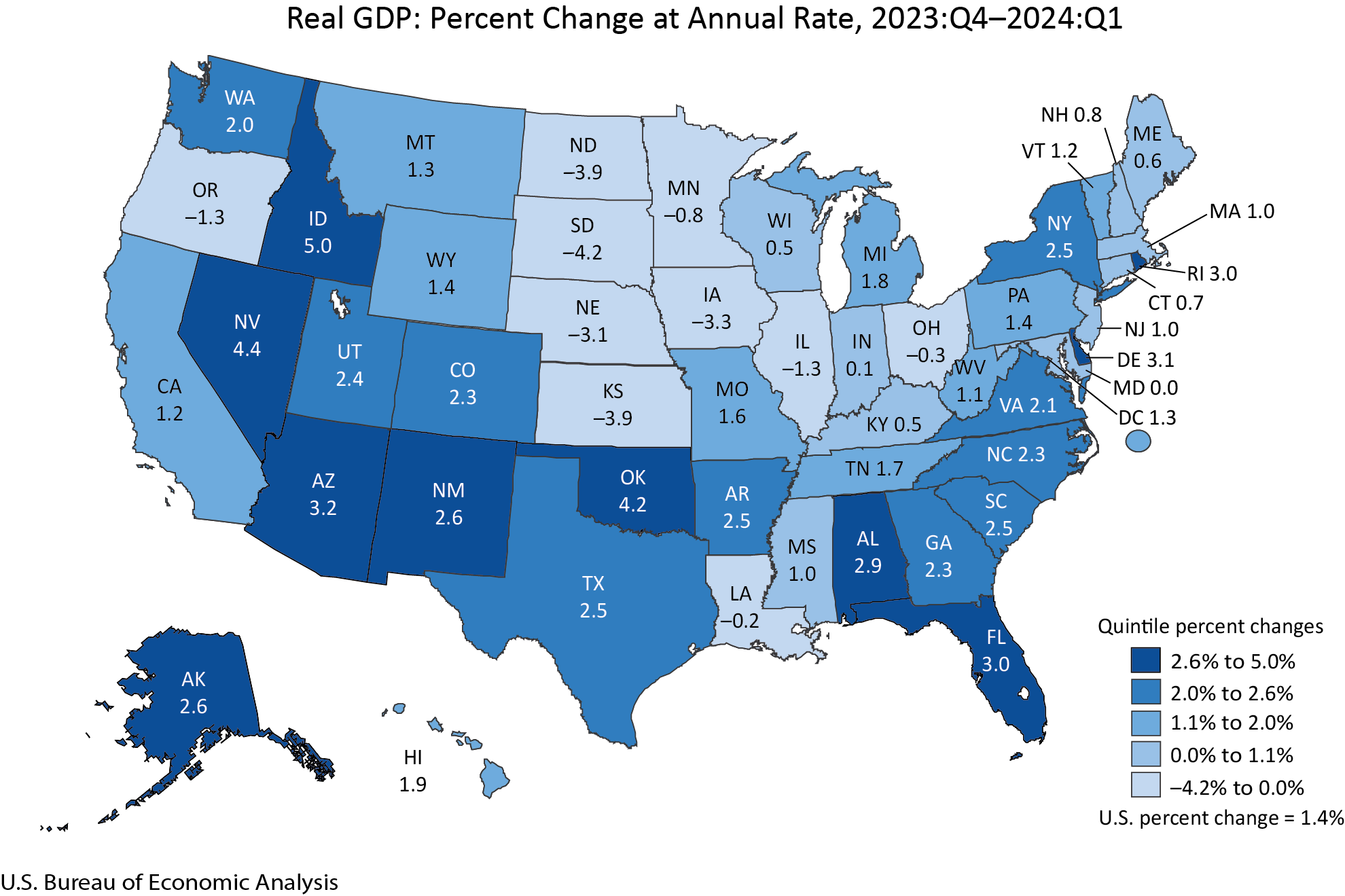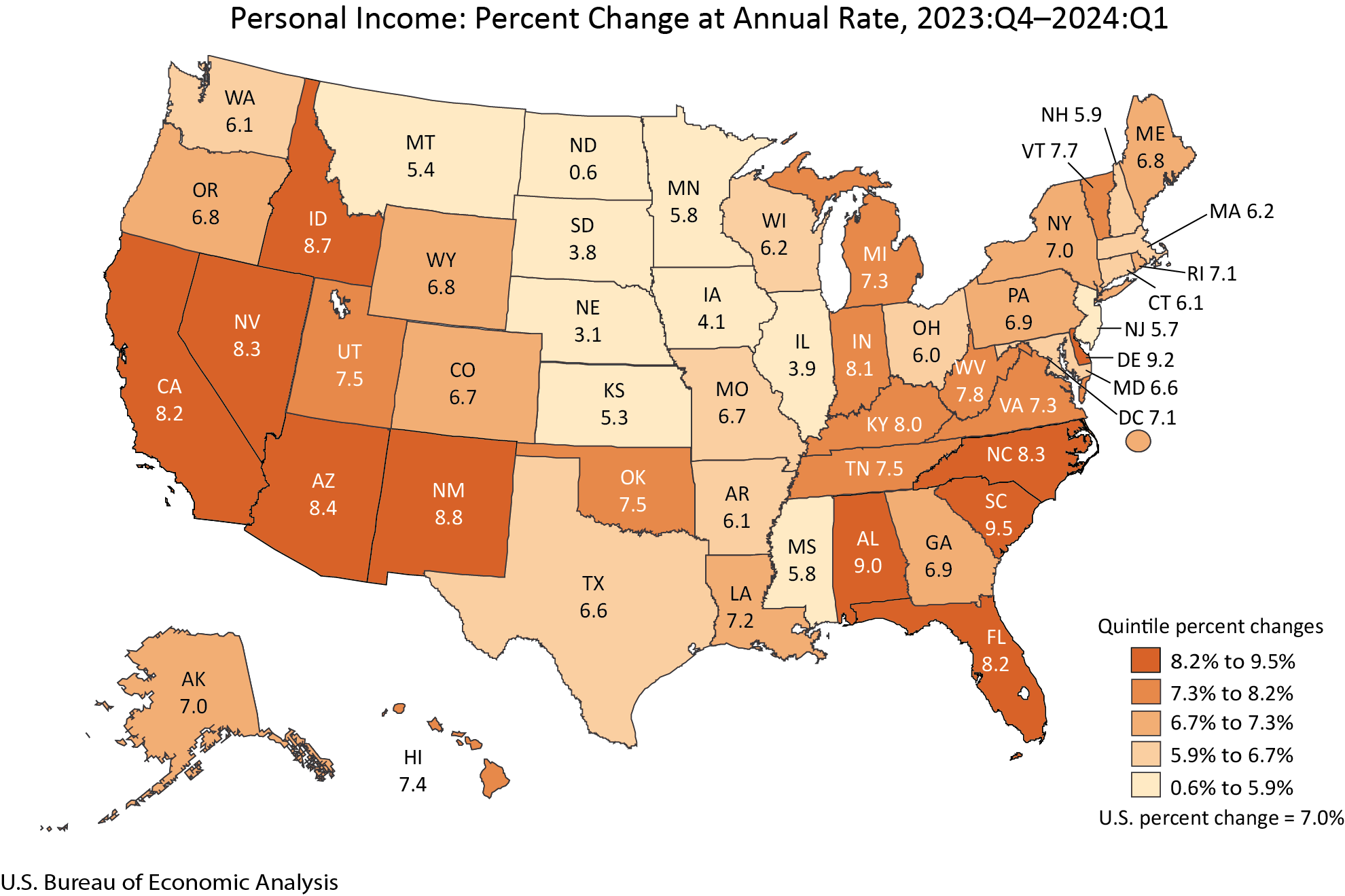Monday, December 17, 2012
Raising Federal Income Tax Rates Without Limiting Tax Deductions Benefits Liberal Democrats More Than Republicans
Posted by Milton Recht:
Liberal Democrats tend to live in the higher tax states and they take bigger federal income tax deductions for state and local taxes. Raising federal tax rates makes the deduction for state and local taxes more valuable. The higher federal tax rates lowers the burden of high state taxes to high income earners, while raising the federal tax burden of low state tax residents.
The increase loss of federal income tax revenues from the deductions under higher income tax rates is borne by residents in low tax states, mostly Republicans, who take smaller deductions for state and local taxes. The net effect is that low tax state residents will pay a bigger part of the high tax state government employee salaries, benefits and pensions.
By not limiting deductions, while raising federal tax rates, Obama will unfairly increase the federal tax burden of low tax state residents for the higher spending of high tax states.
Raising the tax rates on the rich is not fair unless income tax deductions for state and local taxes are also limited.
Liberal Democrats tend to live in the higher tax states and they take bigger federal income tax deductions for state and local taxes. Raising federal tax rates makes the deduction for state and local taxes more valuable. The higher federal tax rates lowers the burden of high state taxes to high income earners, while raising the federal tax burden of low state tax residents.
The increase loss of federal income tax revenues from the deductions under higher income tax rates is borne by residents in low tax states, mostly Republicans, who take smaller deductions for state and local taxes. The net effect is that low tax state residents will pay a bigger part of the high tax state government employee salaries, benefits and pensions.
By not limiting deductions, while raising federal tax rates, Obama will unfairly increase the federal tax burden of low tax state residents for the higher spending of high tax states.
Raising the tax rates on the rich is not fair unless income tax deductions for state and local taxes are also limited.

